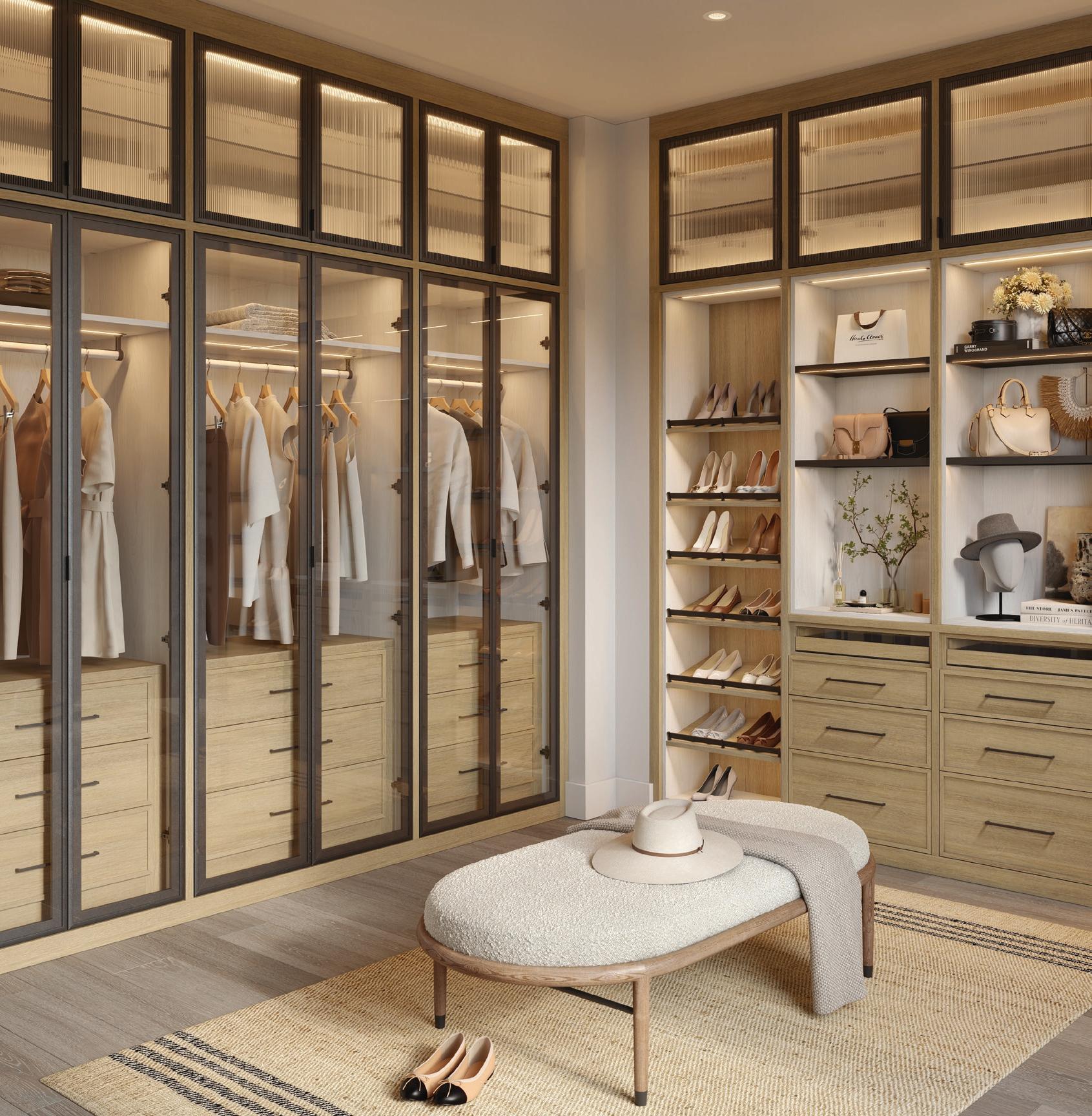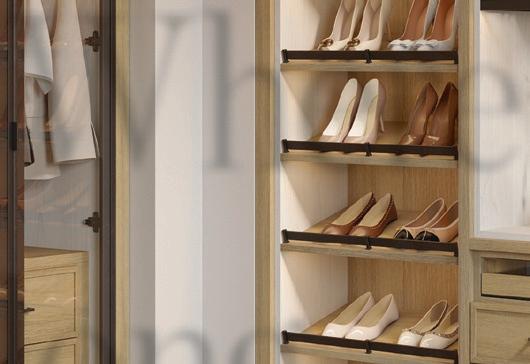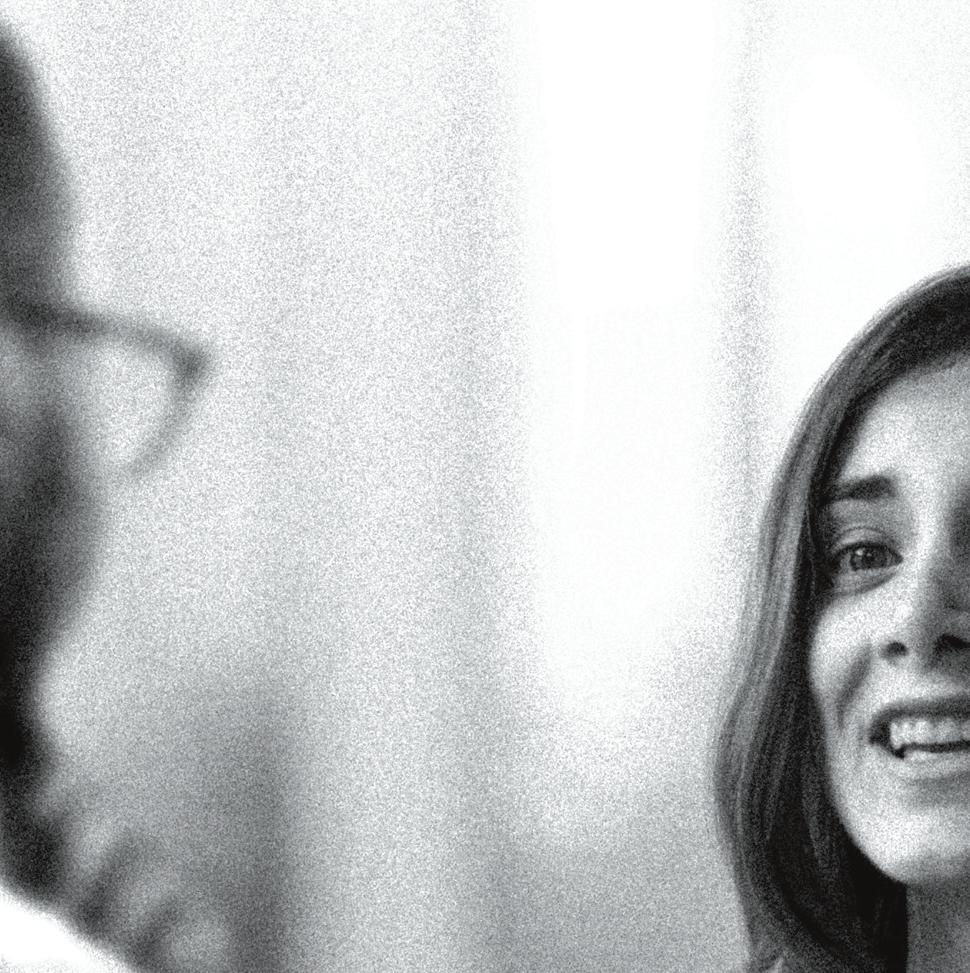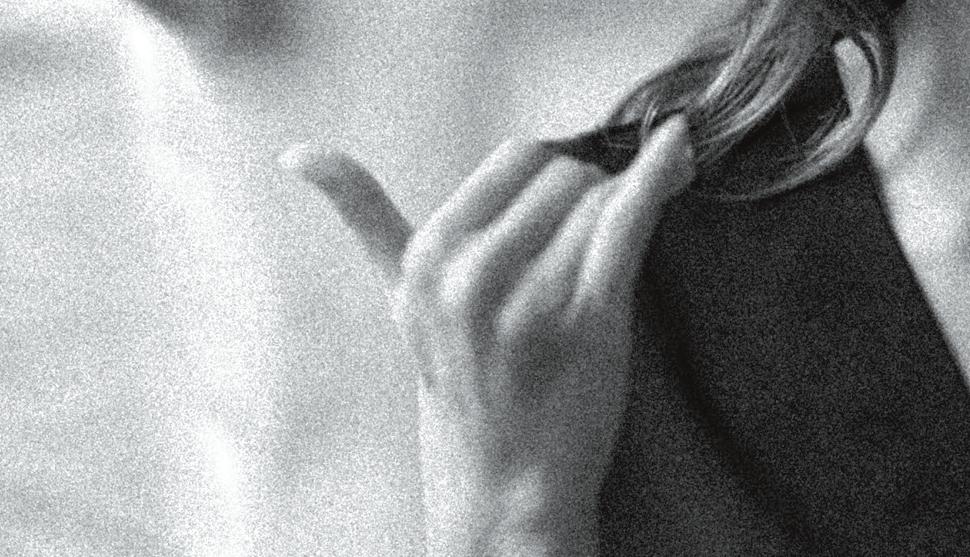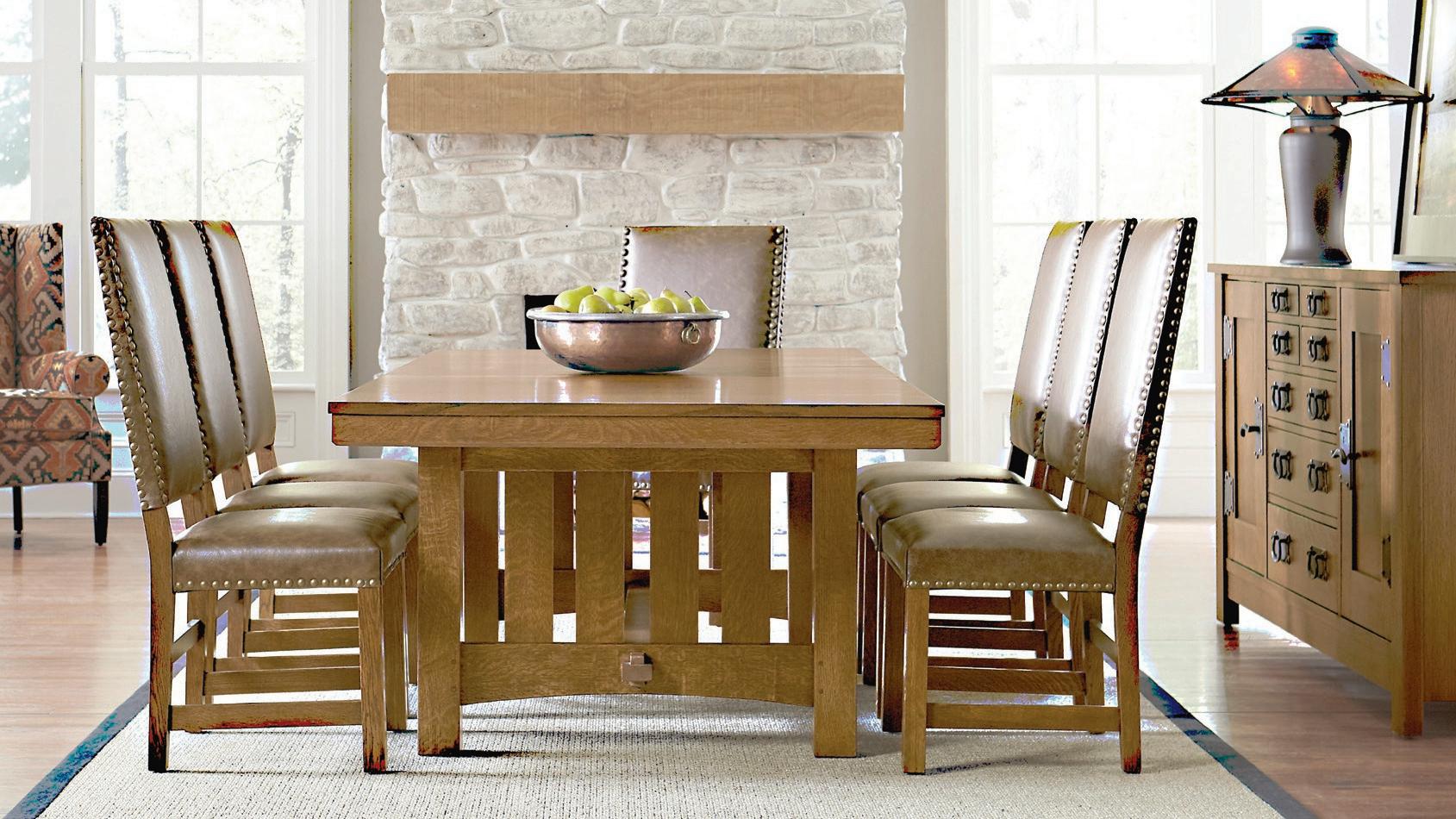
PRESENTED BY


PRESENTED BY
Saturday, July 26, 2025, at 7 PM
The Cleveland Orchestra
Jonathon Heyward, conductor
ANTONÍN Carnival Overture, Op. 92 10 minutes DVOŘÁK (1841–1904)
ANNA CLYNE Glasslands 25 minutes (b. 1980)
Part One: Wailing, urgent
Part Two: Tender —
Part Three: Ominous Jess Gillam, soprano saxophone
INTERMISSION
SEASON PARTNERS



20 minutes
LUDWIG VAN Symphony No. 6 in F major, 40 minutes BEETHOVEN Op. 68, “Pastoral” (1770–1827) I. Allegro ma non troppo: Awakening of Cheerful Feelings on Arrival in the Country II. Andante molto mosso: Scene by the Brook III. Allegro: Merry Gathering of the Countryfolk — IV. Allegro: Thunderstorm — V. Allegretto: Shepherd’s Song; Happy and Grateful Feelings after the Storm
With the Kent Blossom Chamber Orchestra














Total approximate running time: 1 hour 35 minutes
Pre-concert performance at 6 PM, featuring the Kent Blossom Chamber Orchestra playing Felix Mendelssohn’s Overture to Die schöne Melusine and Zoltán Kodály’s Dances of Galánta, conducted by Daniel Reith. Jess Gillam’s performance is generously sponsored by Budd and Judy Dworkin.

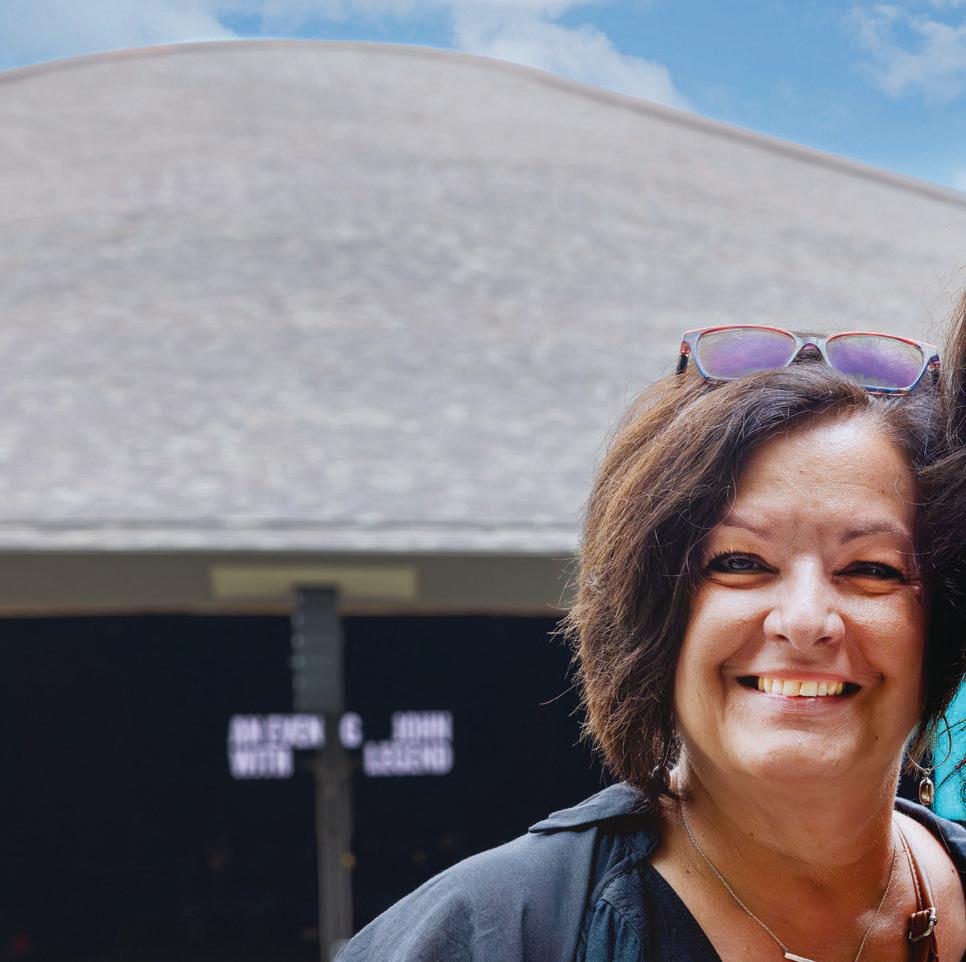
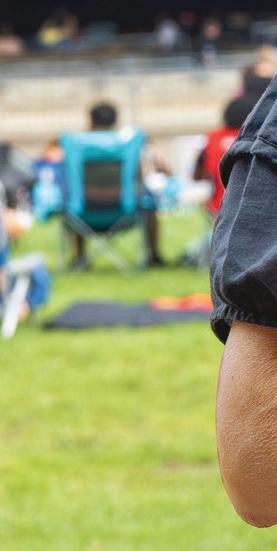
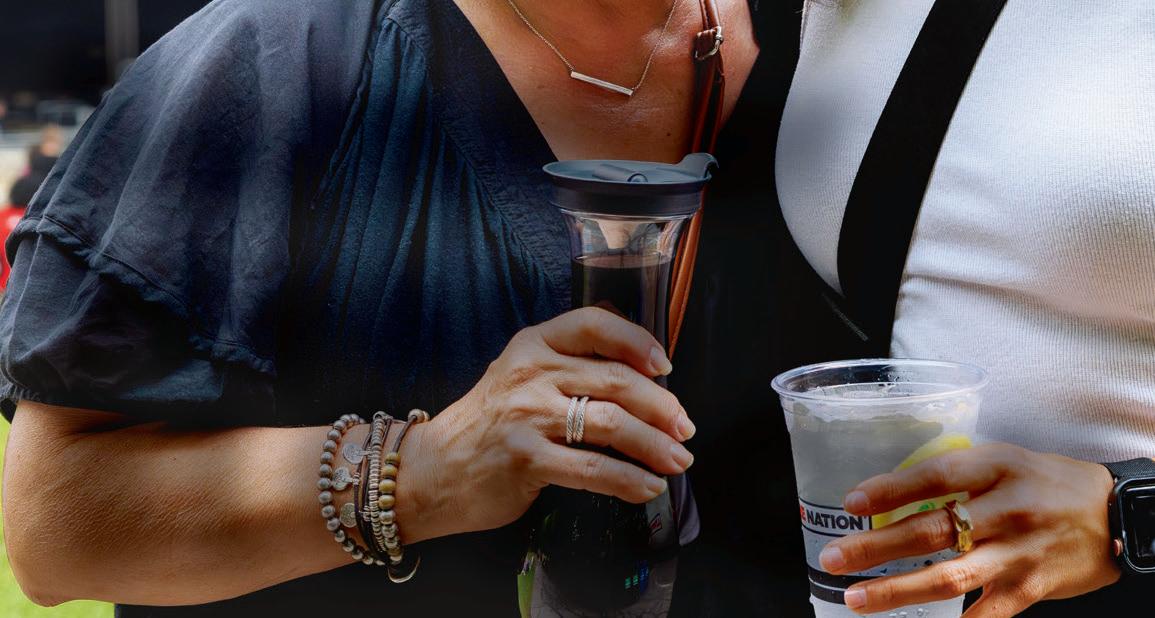








FFEW IMAGES EMBODY THE IDEALS of 19th-century Romanticism more than the solitary wanderer surrounded by nature. Representing the movement’s rebellion against the Industrial Revolution, the wanderer proved a powerful symbol of humanity’s deep connection with the natural world, where the simple act of walking through a sun-dappled forest or flowery meadow elicits an overwhelming sense of awe.
For Ludwig van Beethoven, long walks in the Austrian countryside not only reminded him of nature’s abundance, but also provided creative inspiration and a temporary release from his worsening health and the political turmoil of his time. “No one,” he wrote to a friend, “can love the country as much as I do. For surely woods, trees, and rocks produce the echo which man desires to hear.”
That echo of nature is given musical life in his “Pastoral” Symphony, a celebration of nature in all its majesty and harmony. But despite its cinematic evocations of babbling brooks, rowdy dances, and a violent thunderstorm, Beethoven doesn’t simply depict scenes of village life — he infuses his symphony with personal emotional responses to these tranquil scenes, describing the work as “more feeling than painting.”
That same interest in portraying mood and atmosphere over stark realism is also present in Antonín Dvořák ’s Carnival Overture, the second in a trilogy of overtures the Bohemian composer initially called Nature, Life, and Love. From the musical fireworks launched in the overture’s spirited opening to the amorous nocturne shared between solo violin and woodwinds, Dvořák summons a scene both festive and serene.
And at the center of tonight’s program — led by Jonathon Heyward — Anna Clyne’s Glasslands conjures a different type of wanderer: the banshee, a female spirit from Gaelic Celtic folklore whose blood-curdling wail heralds the impending death of a family member. Voiced by the stratospheric sounds of the soprano sax — performed here by British saxophonist Jess Gillam — Clyne’s banshee charts an emotional journey through loss and love, sorrow and solace.
— Michael Cirigliano II
Michael Cirigliano II is a freelance writer who has worked with the Los Angeles Philharmonic, Oregon Symphony, and Minnesota Orchestra, among others. His newsletter, Shades of Blue , explores the human stories behind classical music’s most melancholy moments as a means to cultivate calm, connection, and healing.
by Antonín Dvořák
BORN: September 8, 1841, in Nelahozeves, Bohemia (present-day Czech Republic)
DIED: May 1, 1904, in Prague
COMPOSED: 1891
WORLD PREMIERE: April 28, 1892, with the composer leading Prague’s National Theater Orchestra
CLEVELAND ORCHESTRA PREMIERE: February 3, 1924, conducted by Arthur Shepherd
ORCHESTRATION: 2 flutes, piccolo, 2 oboes, English horn, 2 clarinets, 2 bassoons, 4 horns, 2 trumpets, 3 trombones, tuba, timpani, percussion (cymbals, tambourine, triangle), harp, and strings
DURATION: about 10 minutes
OVERTURES WERE ORIGINALLY ORCHESTRAL PIECES introducing an opera or theater performance. In the 19th century, however, they gradually became independent from the stage. Beethoven was one of the first to write concert overtures (The Consecration of the House), followed by such composers as Mendelssohn (The Hebrides), Brahms (the Academic Festival and Tragic overtures), and Tchaikovsky (1812 Overture).
Antonín Dvořák had published several of his early opera overtures as separate concert pieces, but it was not until his 50th year that he began work on concert overtures that were planned as such from the start. In 1891, he conceived a cycle of three overtures to be performed together as an orchestral trilogy. He entitled the cycle Nature, Life, and Love; the individual overtures were called In Nature’s Realm, Carnival, and Othello. Dvořák thought very highly of this cycle. In 1893, he wrote to his publisher, Fritz Simrock: “I think they are my best orchestral works,” even though he had already finished his “New World” Symphony by that time. He presented the cycle both at his April 1892 farewell concert in Prague before leaving for the United States and at his first concert in New York later that year.
The second overture, Carnival, is like a miniature symphony in four “movements,” played without a break. But the last “movement” is nothing but a recapitulation of the first. Therefore, the overture can also be seen as an irregular single movement, with slow and fast sections inserted in the middle. Whichever way we look at it, the work is framed by a happy and exuberant carnival march with cymbals, tambourine, and triangle. Then the brass and the percussion drop out, and the violins play an expressive melody in a distinctly operatic style.
The third theme is introduced by the violins as the percussion reenters in a hushed pianissimo. This theme grows to a full orchestral fortissimo, only to be suddenly interrupted by the winds, violins, and harp (the only instrument that has been silent so far). This passage serves as a transition to the lyrical slow section featuring solos for the woodwinds and violin. The melody of this section is also identical to the main theme of the overture In Nature’s Realm, providing a strong link between the two works of the cycle.
Another sudden interruption brings us to the next section, which has the playfulness and vibrancy of a scherzo (the third movement in a typical symphony). Thematically, however, this is not an independent section since it is based on the transformations of some of the material heard at the beginning. Finally, the march returns, and the piece ends in a festive mood with exquisite, joyful abandon.
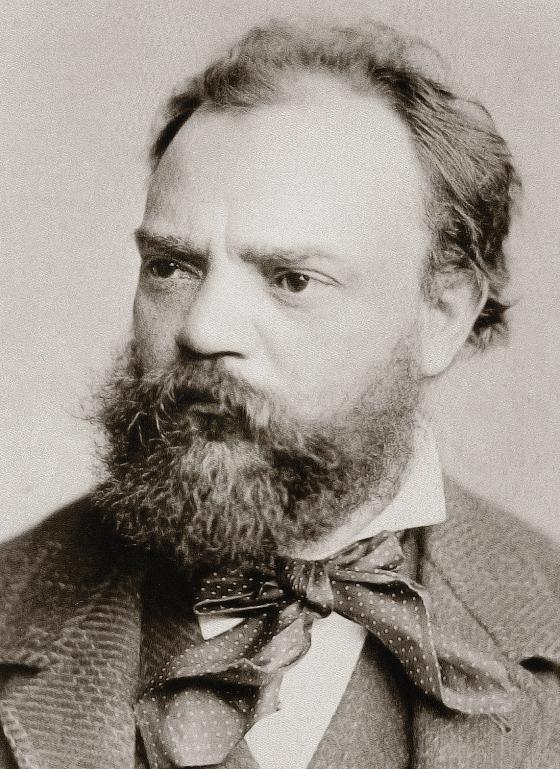
— Peter Laki
Peter Laki is a musicologist and frequent lecturer on classical music. He is a visiting associate professor at Bard College.

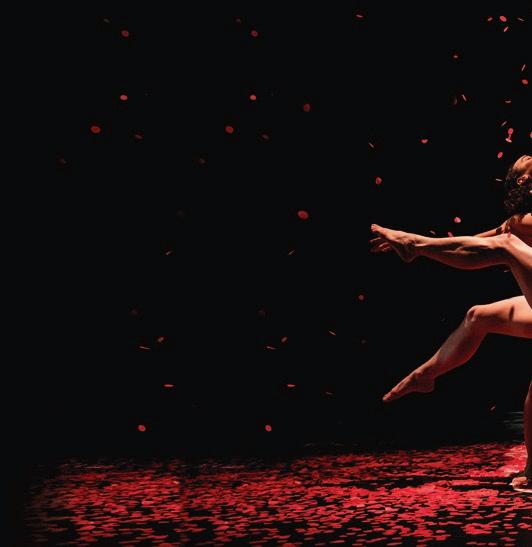
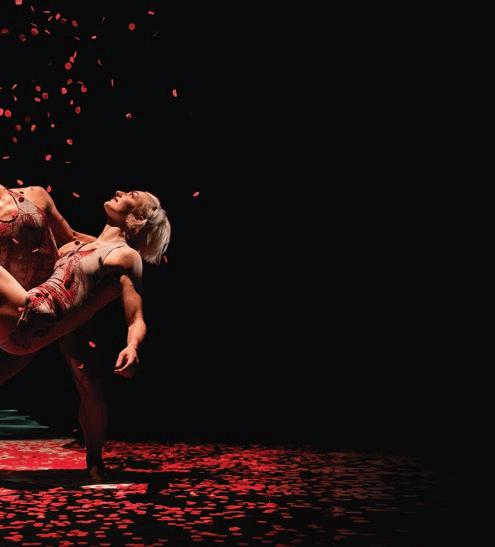

emotions [Gillam] communicates through her playing,” she said in a 2023 interview, “so I knew I wanted to write a piece that covers a lot of emotional and sonic territory.”
By employing the soprano saxophone’s technical agility and the wide range of musical colors it conveys, Clyne was not only able to showcase dazzling aspects of Gillam’s playing, but also capture the shape-shifting qualities of the banshee — who, depending on variations in local lore, can appear as either a beautiful girl, a shadowy elder shrouded in black, or a mischievous fairy goddess.
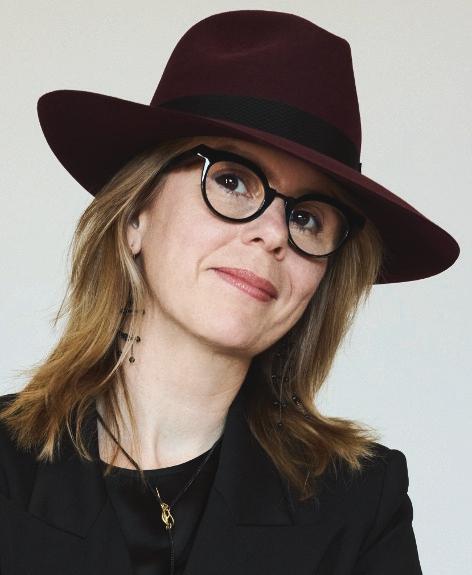
The banshee’s wail opens the first movement, unleashing a violent storm of sound that conjures the fear and anxiety experienced at the news of a loved one’s death. The soloist darts across the instrument’s vocal range like a diving sea bird, finding repose only in moments of quiet mourning, where ethereal, shimmering textures in the orchestral woodwinds amplify and echo the soloist’s lament.
Leaving behind the shock and awe of the first movement, the central movement explores the intersection of sorrow and solace. Beginning with the translucent textures of single winds and solo strings, a tender chorale slowly develops, like a sacred song of J.S. Bach, with additional voices entering the fray as the saxophone floats high above its orchestral counterparts.
In the final movement, played without pause after a brilliant cadenza, Clyne shines light on the banshee’s roots in Gaelic Celtic mythology, as one of the gods of Ireland driven underground by invading forces. There, in the words of the Irish poet W.B. Yeats, they “grew smaller and smaller in the popular imagination, until they turned into fairies.” After a mysterious opening figure in the percussion and hollow, long-held notes in the saxophone, the strings usher in a puckish dance tune Clyne marks both “playful” and “whimsical” in the score.
The music takes on a sinister quality at the movement’s center, as the saxophone soars in the stratosphere amid increasing chaos in the orchestra, but turbulence ultimately gives way to the return of the puckish dance music. The banshee’s wail, first encountered in the opening, is heard once again in the final moments, jolting us out of our fairy-inspired reverie — a chilling reminder that death is ever present in our world, and the banshee’s urgent work as a messenger of loss is never done.
— Michael Cirigliano II
by Ludwig van Beethoven
BORN: December 16, 1770, in Bonn
DIED: March 26, 1827, in Vienna
COMPOSED: 1806–08
WORLD PREMIERE: December 22, 1808, in Vienna, conducted by the composer
CLEVELAND ORCHESTRA PREMIERE: December 8, 1922, with Music Director
Nikolai Sokoloff conducting
ORCHESTRATION: 2 flutes, 2 oboes, 2 clarinets, 2 bassoons, 2 horns, 2 trumpets, 2 trombones, timpani, and strings
DURATION: about 40 minutes
COMPOSED FROM 1806 TO 1808, Ludwig van Beethoven’s “Pastoral” Symphony was recognized by the composer’s successors as a signpost to the future and the progenitor of a whole genre: program music. It gave 19th- and 20th-century composers renewed license to depict not just the natural world but all manner of physical and extra-musical concepts in symphonic language. Beethoven’s evocation of country life in sound has many times been emulated but scarcely ever surpassed.
As in so many of Beethoven’s middle-period works, the Sixth is both conventional and wholly new. Composers in the previous century were no strangers to depicting people, places, and things in music: think of Vivaldi’s The Four Seasons, or the animals that color the pages of Rameau and Haydn. Similarly, the intensely human emotions expressed by Mozart and Gluck are examples of the recurrent belief that instruments can convey the shape, sound, and impressions of the real world. Beethoven inherited that belief and applied it wholeheartedly when he composed the “Pastoral” Symphony.
At the same time, he gave the genre two profoundly original dimensions by conveying these sights and sounds as “feelings” (the headings of the first and last movements specifically cite “cheerful” or “happy feelings”) and by casting the whole episode as a symphony. However, even though Beethoven frequented and loved the countryside around Vienna, he is not simply depicting Austrian village life; it is a landscape of the composer’s creation. He is transferring his own response to the country and making something extraordinary out of something ordinary, “more feeling than painting,” as he explained it.
To fashion it as a symphony required Beethoven to step across the genre’s familiar limits. Most obviously, he includes five movements, each depicting a scene, when a
symphony normally permitted four. The addition of a thunderstorm occurring between the third-movement scherzo and the finale leads to a mood of contentment and optimism, the characteristic ending of Beethoven’s symphonies.
The symphony is not dramatic and knotty, like the famous Fifth, but expansive, in a plain diatonic language that avoids the abrupt dynamics and uneven rhythms of much of his earlier music. The first movement (Awakening of Cheerful Feelings on Arrival in the Country) suggests a leisurely stroll in the most innocent, rustic environment imaginable. The development section, on the other hand, settles into long paragraphs of repeated figures against sustained chords that strikingly anticipate Bruckner ’s style.
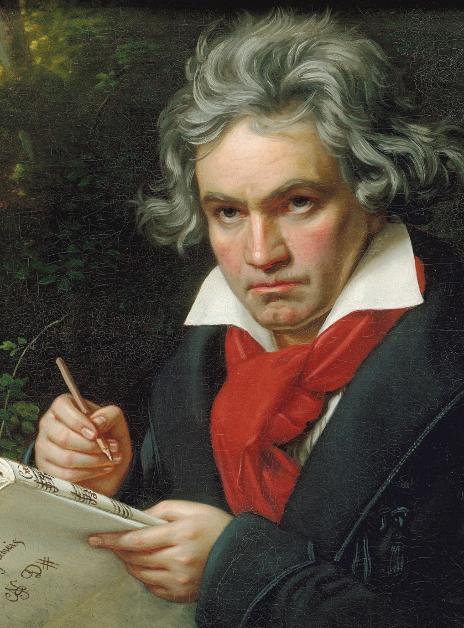
The “Scene by the Brook” paints a second movement of magnificent breadth. The water murmurs throughout, and the relaxed unfolding of a full sonata form gives Beethoven space to indulge his command of heavenly melody. The delicacy of his orchestration here is especially remarkable, and the end of the movement, a perfect evocation of serenity, presents three birdcalls in turn: nightingale, quail, and cuckoo.
The third-movement scherzo (Merry Gathering of the Countryfolk) is a village dance, accompanied by imitations of rustic instruments, and its trio section is even more down-to-earth, with an emphatic drone and the rambunctious stamping of clogs. Here, two trumpets join the orchestra for the first time in the symphony, lending force and ferocity to the approaching storm. Warnings of heavy raindrops break open with horrifying force as the fourth movement (Thunderstorm) begins without pause. Two trombones join the clamor, and a piccolo whistles for the wind.
The mood and style of the final movement (Shepherd’s Song; Happy and Grateful Feelings after the Storm) hearken back to the opening, and Beethoven feels no need to step up the pace at the end to generate any false excitement. The end, in fact, is surprisingly low-key, as country life continues its endless cycle despite the dramatic intervention of the storm. Although just before the end, Beethoven allows the music to rise in a magnificent coda, undoubtedly intended to be heard as a thanksgiving to the Almighty.
— adapted from a note by Hugh Macdonald Hugh Macdonald is Avis H. Blewett Professor Emeritus of Music at Washington University in St. Louis. He has written books on Beethoven, Berlioz, Bizet, and Scriabin, as well as Music in 1853: The Biography of a Year.

JONATHON
conductor
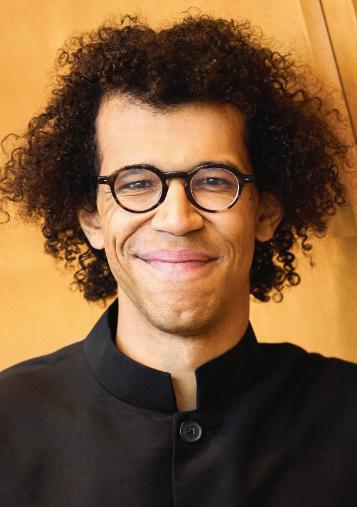
Jonathon Heyward is forging a career as one of the most exciting conductors on the international scene. He currently serves as music director of the Baltimore Symphony Orchestra and is the Renée and Robert Belfer Music Director of the Festival Orchestra of Lincoln Center. In 2024, Heyward completed his four-year tenure as chief conductor of the Nordwestdeutsche Philharmonie.
Heyward currently resides in the United Kingdom, where his recent and future guest conducting highlights include debuts and re-invitations with the London Symphony Orchestra, BBC Symphony Orchestra, Royal Scottish National Orchestra, and City of Birmingham Symphony Orchestra, among others. Elsewhere, he has led prominent orchestras such as the NDR Elbphilharmonie Orchester, Danish National Symphony Orchestra, New York Philharmonic, Chicago Symphony Orchestra, and Seattle Symphony.
Equally at home on the opera stage, Heyward made his Royal Opera House debut with Hannah Kendall’s The Knife of Dawn, conducted Weill’s Lost in the Stars with the Los Angeles Chamber Orchestra, and led the world premiere of Giorgio Battistelli’s Wake at the Birmingham Opera Company.
Born in Charleston, South Carolina, Heyward began his musical training as a cellist at age 10. He studied conducting at the Boston Conservatory of Music, where he became assistant conductor of the institution’s opera department and the Boston Opera Collaborative, and received postgraduate lessons from Sian Edwards at the Royal Academy of Music in London. Before leaving the Academy, he was appointed assistant conductor of The Hallé, where he was mentored by Mark Elder, and became music director of the Hallé Youth Orchestra. In 2023, he was named a Fellow of the Royal Academy of Music, an honor reserved for Academy alumni.
Heyward’s commitment to education and community outreach work deepened during his three years with The Hallé and flourished during his post with the Nordwestdeutsche Philharmonie. He is equally committed to including new music within his imaginative concert programs.
soprano saxophone
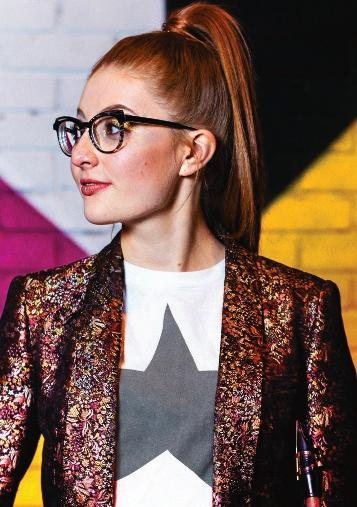
Jess Gillam is a celebrated saxophonist and presenter. With her electrifying performances, vibrant stage presence, and magnetic personality, she has been invited to play on the world’s major stages since becoming the youngest ever soloist to perform at the Last Night of the Proms at Royal Albert Hall. Equally at home behind the microphone, Gillam’s award-winning weekly show, This Classical Life, on BBC Radio 3 is now in its seventh season.
Gillam is passionate about broadening the repertoire for the saxophone, especially in the classical sphere. Recent commissions include Anna Clyne’s Glasslands, Dani Howard’s Saxophone Concerto, and Karl Jenkins’s Stravaganza, which she performed to a sold-out BBC Proms audience. She held the position of associate artist of the Royal Albert Hall until 2025 and was an artistic partner of Manchester Camerata.
Gillam’s concerto appearances have included performances with the BBC orchestras, Detroit Symphony Orchestra, Iceland Symphony Orchestra, NDR Elbphilharmonie, and Sydney Symphony Orchestra, among others. On the recital stage, she is seen performing across Europe, the US, and beyond, including appearances with her band, the Jess Gillam Ensemble, which she formed in 2020.
An exclusive recording artist with Decca Classics, Gillam is the first and only saxophonist to be signed to the label. Both of her albums have reached No. 1 in the UK Classical Music Charts, and her debut album, Rise, was listed in The Times’ Top 100 Albums of 2019.
In 2016, Gillam made history after becoming the first saxophonist to reach the finals of the BBC Young Musician of the Year competition. She has been the recipient of a Classic BRIT Award, was named an ECHO Rising Star, and was awarded an MBE in the Queen’s Birthday Honours list in 2021 for services to music. In addition, Gillam is a patron for Young Sounds UK, Music in Secondary Schools Trust, and the London Music Fund, and is a member of the Council of the Royal Philharmonic Society.
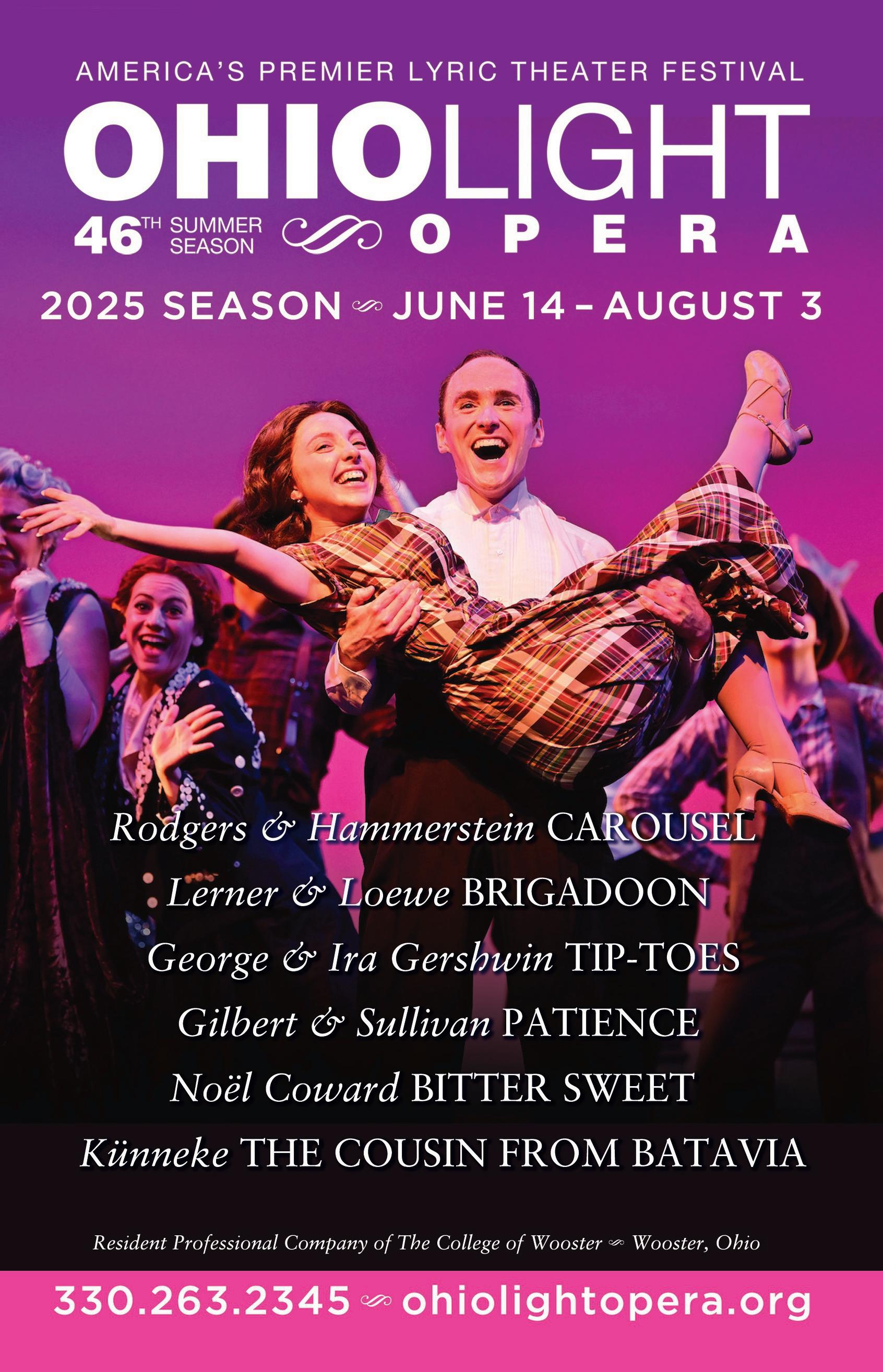
Franz Welser-Möst Music Director
KELVIN SMITH FAMILY CHAIR
FIRST VIOLINS
Joel Link
CONCERTMASTER
Blossom-Lee Chair
Liyuan Xie
FIRST ASSOCIATE
CONCERTMASTER
Virginia M. Lindseth, PhD, Chair
Jung-Min Amy Lee
ASSOCIATE CONCERTMASTER
Gretchen D. and Ward Smith Chair
Stephen Tavani
ASSISTANT CONCERTMASTER
Dr. Ronald H. Krasney Chair
Wei-Fang Gu
Drs. Paul M. and Renate H. Duchesneau Chair
Kim Gomez
Elizabeth and Leslie Kondorossy Chair
Chul-In Park
Harriet T. and David L. Simon Chair
Miho Hashizume
Theodore Rautenberg Chair
Jeanne Preucil Rose
Larry J.B. and Barbara S. Robinson Chair
Alicia Koelz
Oswald and Phyllis Lerner Gilroy Chair
Yu Yuan
Patty and John Collinson Chair
Isabel Trautwein
Trevor and Jennie Jones Chair
Katherine Bormann
Analise Handke
Gladys B. Goetz Chair
Zhan Shu
Youngji Kim
Paul and Lucille Jones Chair
Genevieve Smelser
SECOND VIOLINS
Stephen Rose*
Alfred M. and Clara T. Rankin Chair
Eli Matthews 1
Patricia M. Kozerefski
and Richard J. Bogomolny Chair
Jason Yu2
James and Donna Reid Chair
Sonja Braaten Molloy
Carolyn Gadiel Warner
Elayna Duitman
Ioana Missits
Jeffrey Zehngut^
Sae Shiragami
Kathleen Collins
Beth Woodside
Emma Shook
Dr. Jeanette Grasselli Brown and Dr. Glenn R. Brown Chair
Yun-Ting Lee
Deborah L. Neale Chair
Jiah Chung Chapdelaine
Gawon Kim
VIOLAS
Wesley Collins*
Chaillé H. and Richard B. Tullis Chair
Stanley Konopka 2
Mark Jackobs
Jean Wall Bennett Chair
Lisa Boyko
Richard and Nancy Sneed Chair
Richard Waugh
Lembi Veskimets
The Morgan Sisters Chair
Eliesha Nelson^
Anthony and Diane Wynshaw-Boris Chair
Joanna Patterson Zakany
William Bender
Thomas Lauria and Christopher Lauria Chair
Gareth Zehngut^
Mark Kosower*
Louis D. Beaumont Chair
Richard Weiss 1
The GAR Foundation Chair
Charles Bernard2
Helen Weil Ross Chair
Bryan Dumm
Muriel and Noah Butkin Chair
Tanya Ell
Thomas J. and Judith Fay Gruber Chair
Ralph Curry
Brian Thornton
William P. Blair III Chair
David Alan Harrell
Martha Baldwin
Dane Johansen
Marguerite and James Rigby Chair
Paul Kushious
BASSES
Maximilian Dimoff *
Clarence T. Reinberger Chair
Charles Paul1
Mary E. and F. Joseph Callahan Chair
Derek Zadinsky2
Mark Atherton
Thomas Sperl
Henry Peyrebrune
Charles Barr Memorial Chair
Charles Carleton
Scott Dixon
Brandon Mason
HARP
Trina Struble*
Alice Chalifoux Chair
FLUTES
Joshua Smith*
Elizabeth M. and William C. Treuhaft Chair
Saeran St. Christopher
Jessica Sindell2^
Austin B. and Ellen W. Chinn Chair
Mary Kay Fink
PICCOLO
Mary Kay Fink
Anne M. and M. Roger Clapp Chair
OBOES
Frank Rosenwein*
Edith S. Taplin Chair
Corbin Stair
Sharon and Yoash Wiener Chair
Jeffrey Rathbun 2
Everett D. and Eugenia S. McCurdy Chair
Robert Walters
ENGLISH HORN
Robert Walters
Samuel C. and Bernette K. Jaffe Chair
CLARINETS
Afendi Yusuf *
Robert Marcellus Chair
Robert Woolfrey
Victoire G. and Alfred M. Rankin, Jr. Chair
Daniel McKelway2
Robert R. and Vilma L. Kohn Chair
Amy Zoloto
E-FLAT CLARINET
Daniel McKelway
Stanley L. and Eloise M. Morgan Chair
BASS CLARINET
Amy Zoloto
Myrna and James Spira Chair
BASSOONS
John Clouser*
Louise Harkness Ingalls Chair
Gareth Thomas
Jonathan Sherwin
CONTRABASSOON
Jonathan Sherwin
HORNS
Nathaniel Silberschlag*
George Szell Memorial Chair
Michael Mayhew §
Knight Foundation Chair
Jesse McCormick
Robert B. Benyo Chair
Hans Clebsch
Richard King
Meghan Guegold Hege^
TRUMPETS
Michael Sachs*
Robert and Eunice Podis Weiskopf Chair
Jack Sutte
Lyle Steelman 2^
James P. and Dolores D. Storer Chair
Michael Miller
CORNETS
Michael Sachs*
Mary Elizabeth and G. Robert Klein Chair
Michael Miller
TROMBONES
Brian Wendel*
Gilbert W. and Louise I. Humphrey Chair
Richard Stout
Alexander and Marianna C. McAfee Chair
Shachar Israel2
BASS TROMBONE
Luke Sieve
EUPHONIUM & BASS TRUMPET
Richard Stout
TUBA
Yasuhito Sugiyama*
Nathalie C. Spence and Nathalie S. Boswell Chair
TIMPANI
Zubin Hathi*
Otto G. and Corinne T. Voss Chair
Peter Nichols2
Mr. and Mrs. Richard K. Smucker Chair
PERCUSSION
Marc Damoulakis*
Margaret Allen Ireland Chair
Thomas Sherwood
Tanner Tanyeri
Peter Nichols
KEYBOARD INSTRUMENTS
Carolyn Gadiel Warner
Marjory and Marc L. Swartzbaugh Chair
LIBRARIAN
Michael Ferraguto*
Joe and Marlene Toot Chair
ENDOWED CHAIRS CURRENTLY UNOCCUPIED
Clara G. and George P. Bickford Chair
Sandra L. Haslinger Chair
Charles M. and Janet G. Kimball Chair
Sunshine Chair
Rudolf Serkin Chair
CONDUCTORS
Christoph von Dohnányi
MUSIC DIRECTOR LAUREATE
Taichi Fukumura
ASSISTANT CONDUCTOR
Elizabeth Ring and William Gwinn Mather Chair
James Feddeck
PRINCIPAL CONDUCTOR & MUSICAL ADVISOR OF THE CLEVELAND ORCHESTRA YOUTH ORCHESTRA
Sidney and Doris Dworkin Chair
Lisa Wong
DIRECTOR OF CHORUSES
Frances P. and Chester C. Bolton Chair
* Principal
§ Associate Principal
1 First Assistant Principal
2 Assistant Principal
^ Alum of The Cleveland Orchestra Youth Orchestra
This roster lists full-time members of The Cleveland Orchestra. The number and seating of musicians on stage varies depending on the piece being performed. Seating within the string sections rotates on a periodic basis.
Since the inauguration of Blossom Music Center as the summer home of The Cleveland Orchestra in 1968, Kent State University has participated in helping to develop Blossom’s role as a center for professional training in the visual and performing arts.
Each summer, advanced young musicians from around the globe gather together with principal members of The Cleveland Orchestra, the critically acclaimed Miami String Quartet, and major guest artists for five weeks of intensive chamber music study and performance at the professional level.
Since its founding, over 2,644 talented young musicians have been afforded the opportunity to hone their skills, and alumni have become members of renowned orchestras and chamber groups. Currently, 14 Kent Blossom Music Festival alumni perform with The Cleveland Orchestra
Masayoshi Arakawa
Daniela Arias*
Qiufan Chen
Chung Yu Chow*
Ilvina Gabrielian
O Rio Lee*
Isabelle Liu
Alvaro Molina
Riki Nagai
Sophia Perez-Monroe
Jose Ramirez*
Nathaniel Robinson*
Andrew Smeader
Aaron Tseng
VIOLAS
Ana Dominguez
Matthew Lee
Quin O’Laughlin
Evelyn Priscila Rodriguez
Jessica Wong
Wing Hung Wong
Victor Cediel*
Hei Man Cheung
John Lee
Kayrusan Quintero
Thu Vo
Xinran Zhang
BASS
Claire Tsai FLUTES
Daniel Lopez
Savanna Nygard*
Harue Suzuki
OBOES
Cayden Bloomer
Stephanie Hile
Amanda Rearden
CLARINETS
Evan Chu
Xiang Tao Ke
Harrison Kim
BASSOONS
Soumili Mukherjee
Maya Silver
Fabio Valery
HORNS
Lucas Justiniano
Zhengkang Lyu
Shu-Ching Tai*
TRUMPETS
Larry Herman
Erik Sundet
PERCUSSION
Matthew Holm
Andrew Pongracz
KEYBOARD INSTRUMENTS
Carolina Segales Aillon
Cesar Blas
Anne Crites
Yiran Sun
* Denotes returning Young Artists
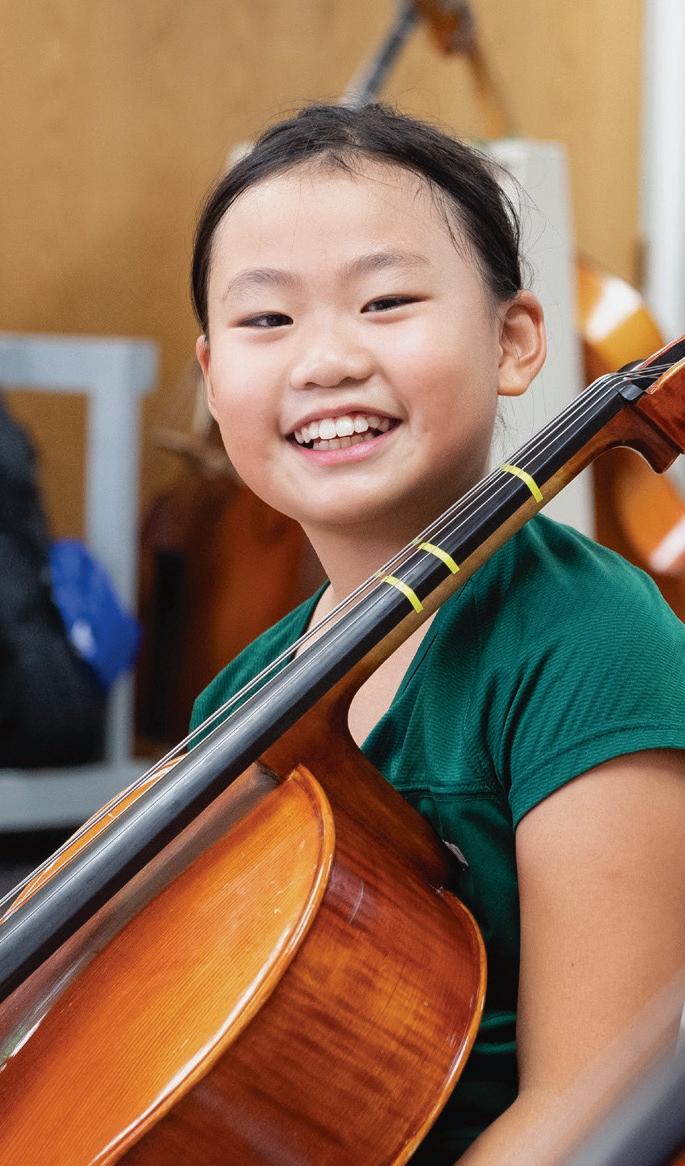
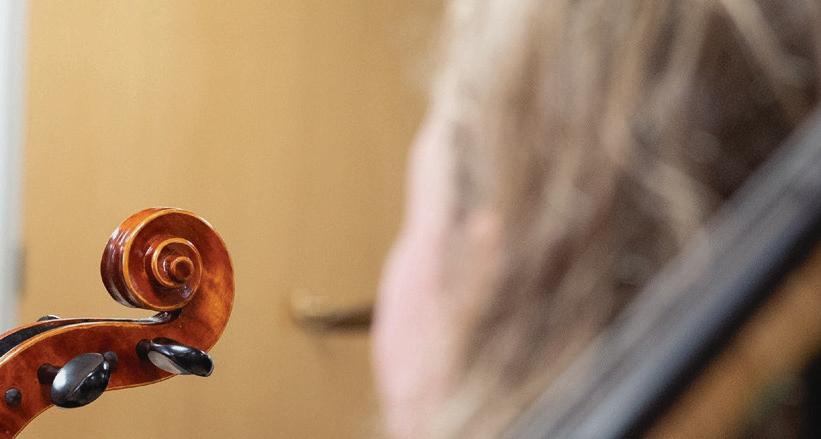

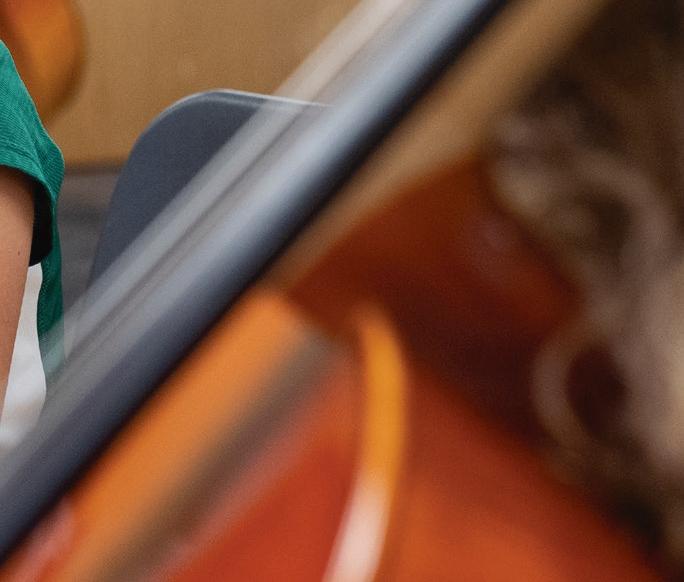




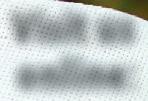



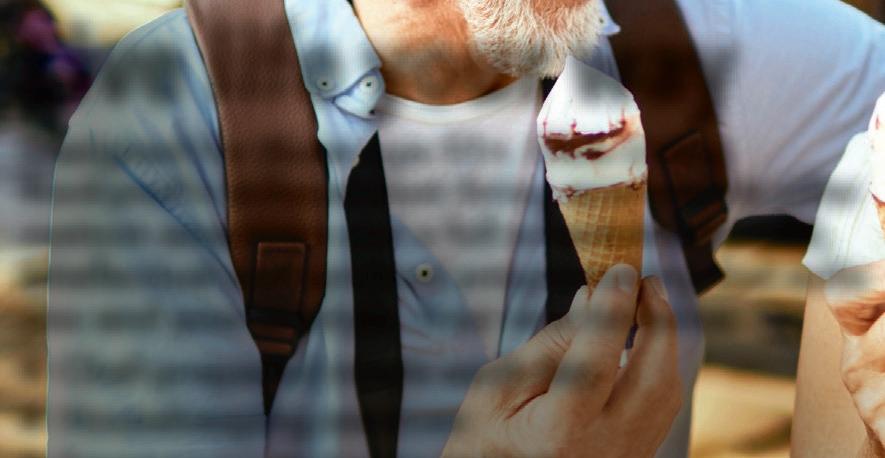


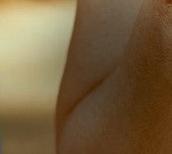






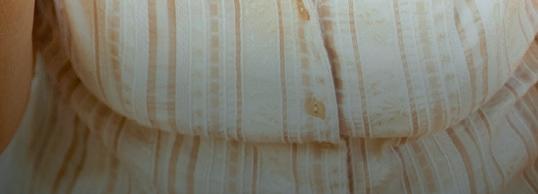

The next generation of fashion begins at Kent State University’s top-ranked School of Fashion.
DISCOVER THE FUTURE OF FASHION
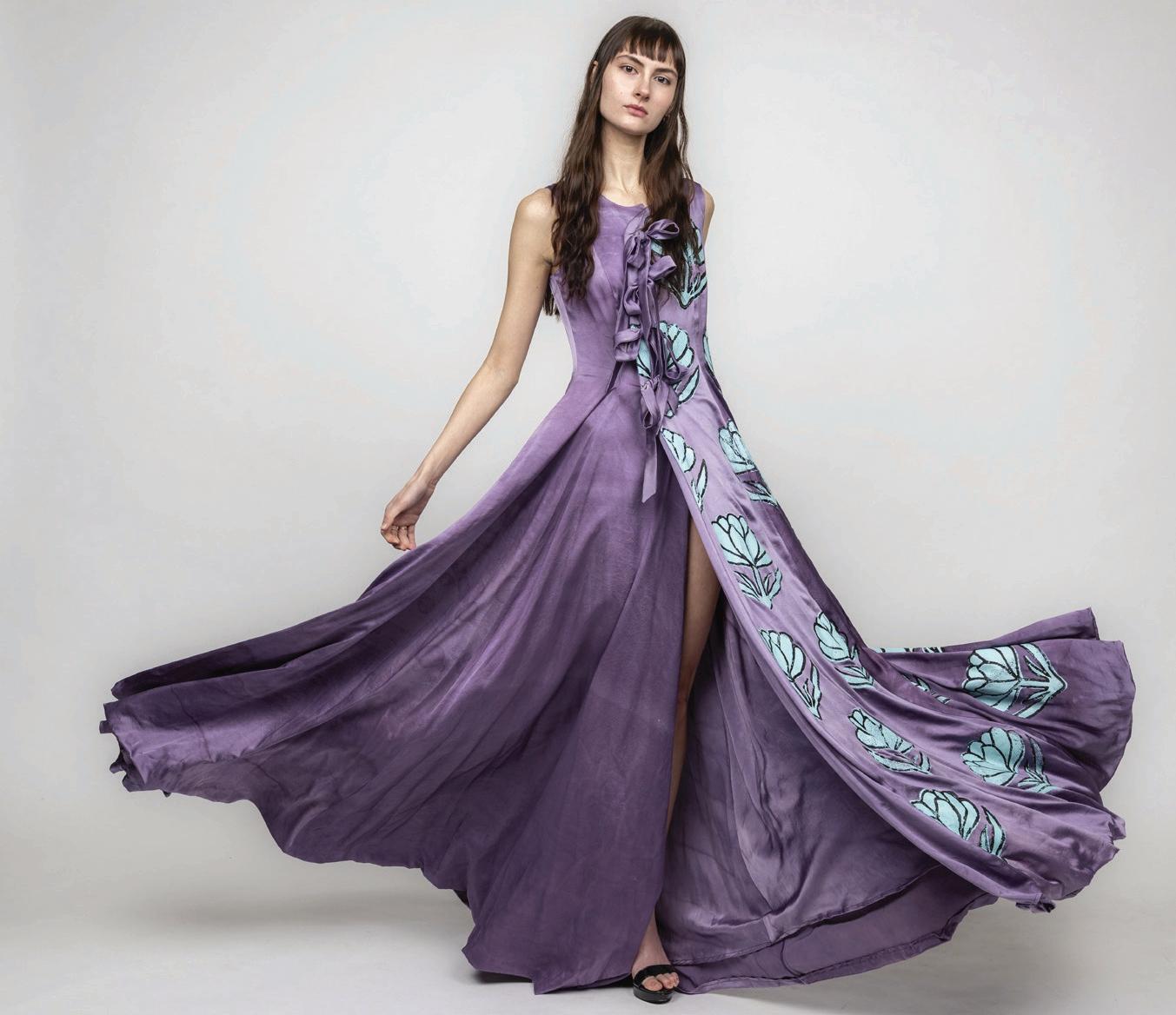
OCTOBER 22

TUESDAY MUSICAL PRESENTS: the Akron Concert Series, our 137th season: 2024-2025.
TUESDAY MUSICAL PRESENTS: the Akron Concert Series, our 138th season: 2025-2026
OCTOBER 21
FEBRUARY 11
FEBRUARY 10
MARC-ANDRÉ HAMELIN
MICHAEL FEINSTEIN’S TRIBUTE TO TONY BENNETT
NOVEMBER 18
NOVEMBER 19
SIMONE DINNERSTEIN
VIVALDI’S FOUR SEASONS AT 300 with Les Arts Florissants
DECEMBER 3
NOVEMBER 30
JOYCE DIDONATO WITH KINGS RETURN
CHRISTMAS WITH CANTUS

CZECH NATIONAL PHILHARMONIC
IMANI WINDS & BOSTON BRASS
MARCH 4
MARCH 3
ISIDORE STRING QUARTET WITH PIANIST JEREMY DENK
MARSALIS-McALLISTER-AMES TRIO
APRIL 22
APRIL 21
RENéE FLEMING
Voice of Nature: The Anthropocene





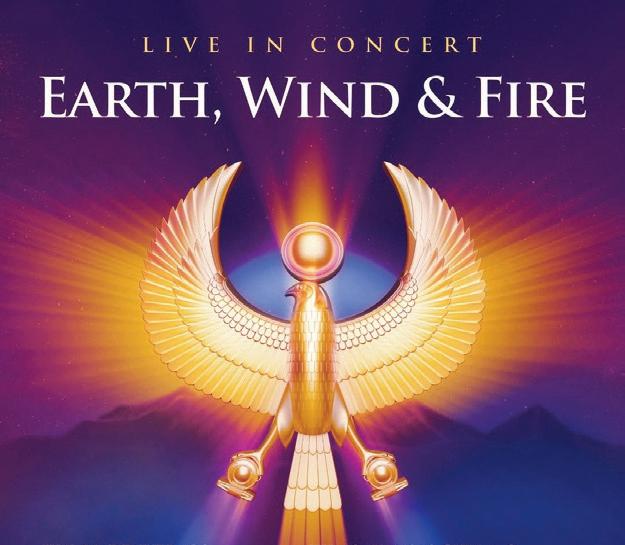
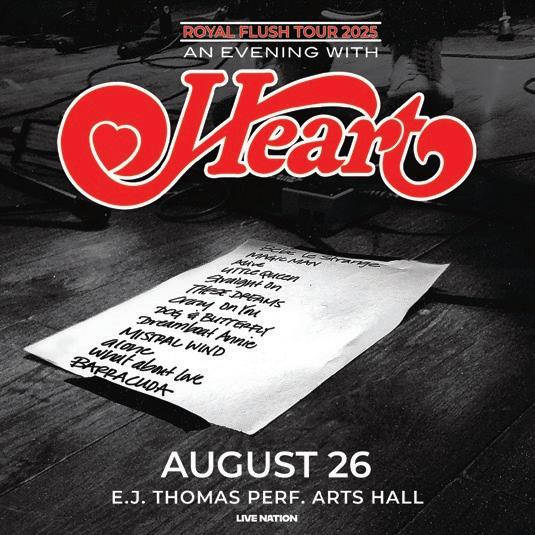

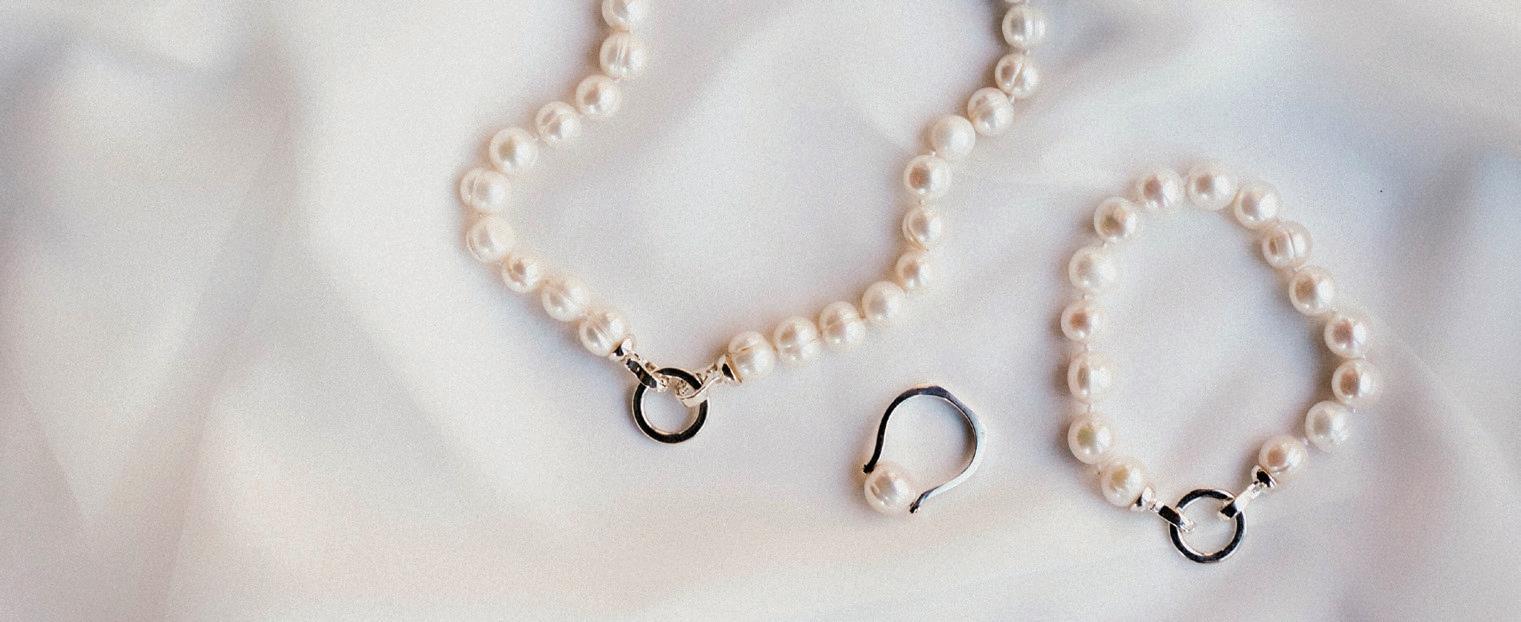


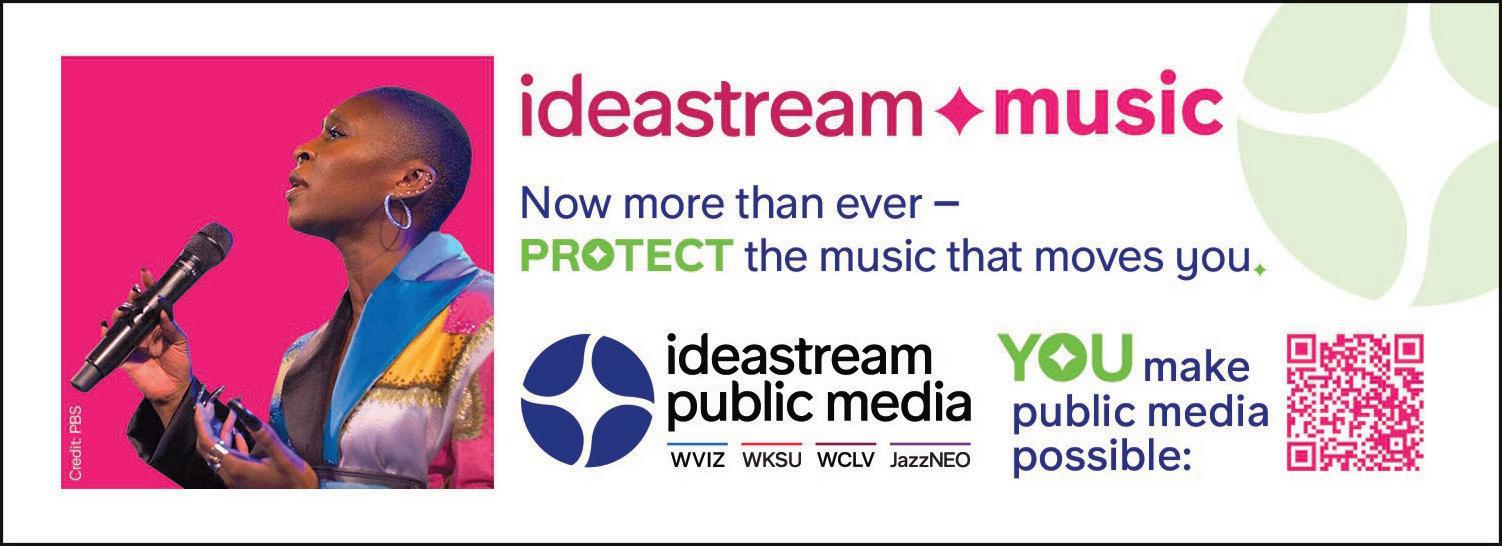
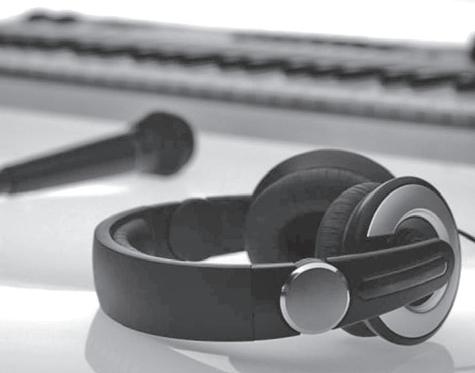
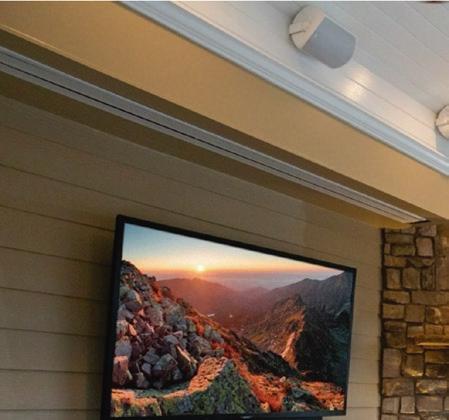
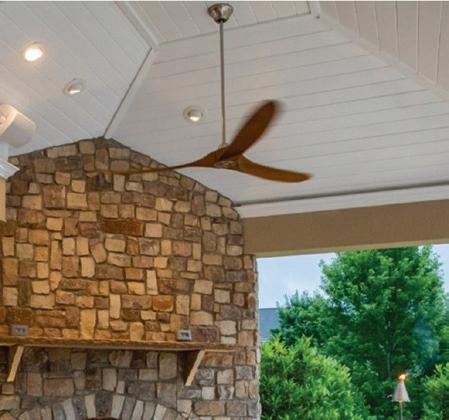
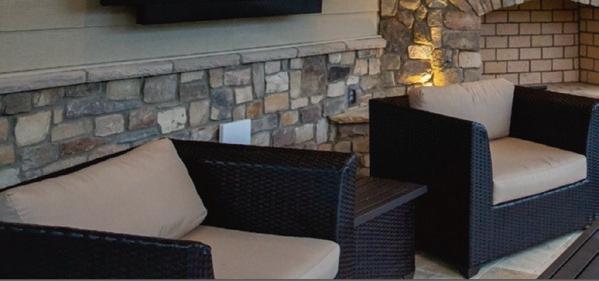


Guests with Pavilion seats who arrive after the start of the concert may be asked to wait outside the Pavilion until the first convenient pause in the music, after which our ushers will help you to your seats.
Guests on the Lawn may bring their own chairs, but guests with high-backed chairs that obstruct others’ views may be asked to relocate to the rear of the Lawn. Rental chairs are available for a fee of $10 per evening. Tents, flags, balloons, or other structures that might obstruct views or present a hazard are prohibited. Open flames are also prohibited.
Audio recording, photography, and videography are prohibited during performances at Blossom. Photographs and videos can only be taken when the performance is not in progress. As a courtesy to others, please silence all electronic devices prior to the start of the concert.
All Blossom Music Festival events are presented in a smoke-free environment. Smoking or vaping are not allowed anywhere on the grounds or in buildings once you have entered through the ticket gates. A smoking area is available outside the gates in a designated area of Parking Lot A.
In the event of severe weather, a coordinated alert will be issued. Guests will be directed to safety by our staff and loudspeaker system. Visit clevelandorchestra.com/weather for weather updates and more information.
Free tram service between the parking lots and Smith Plaza and the Pavilion is available on a continuous basis before and after each concert. The ADA Van Service can pick up at the Main Gate with service to the Tram Circle.
Visit our Information Center, hosted by the Blossom Friends of The Cleveland Orchestra, inside the Main Gate on Smith Plaza.
Scan the QR code below to explore the Orchestra’s history, meet our musicians and music director, and discover upcoming performances at Severance Music Center and Blossom. Follow us on social media at:

The Cleveland Orchestra is grateful to these organizations for their ongoing generous support of The Cleveland Orchestra: National Endowment for the Arts, the State of Ohio and Ohio Arts Council, and to the residents of Cuyahoga County through Cuyahoga Arts and Culture.
© 2025 The Cleveland Orchestra and the Musical Arts Association
Program books for Cleveland Orchestra concerts are produced by The Cleveland Orchestra and are distributed free to attending audience members.
EDITORIAL
Kevin McBrien, Publications Manager
The Cleveland Orchestra kmcbrien@clevelandorchestra.com
DESIGN
Judy Barabas, Red Swing Creative
ADVERTISING
Live Publishing Company, 216-721-1800
PLEASE RECYCLE
